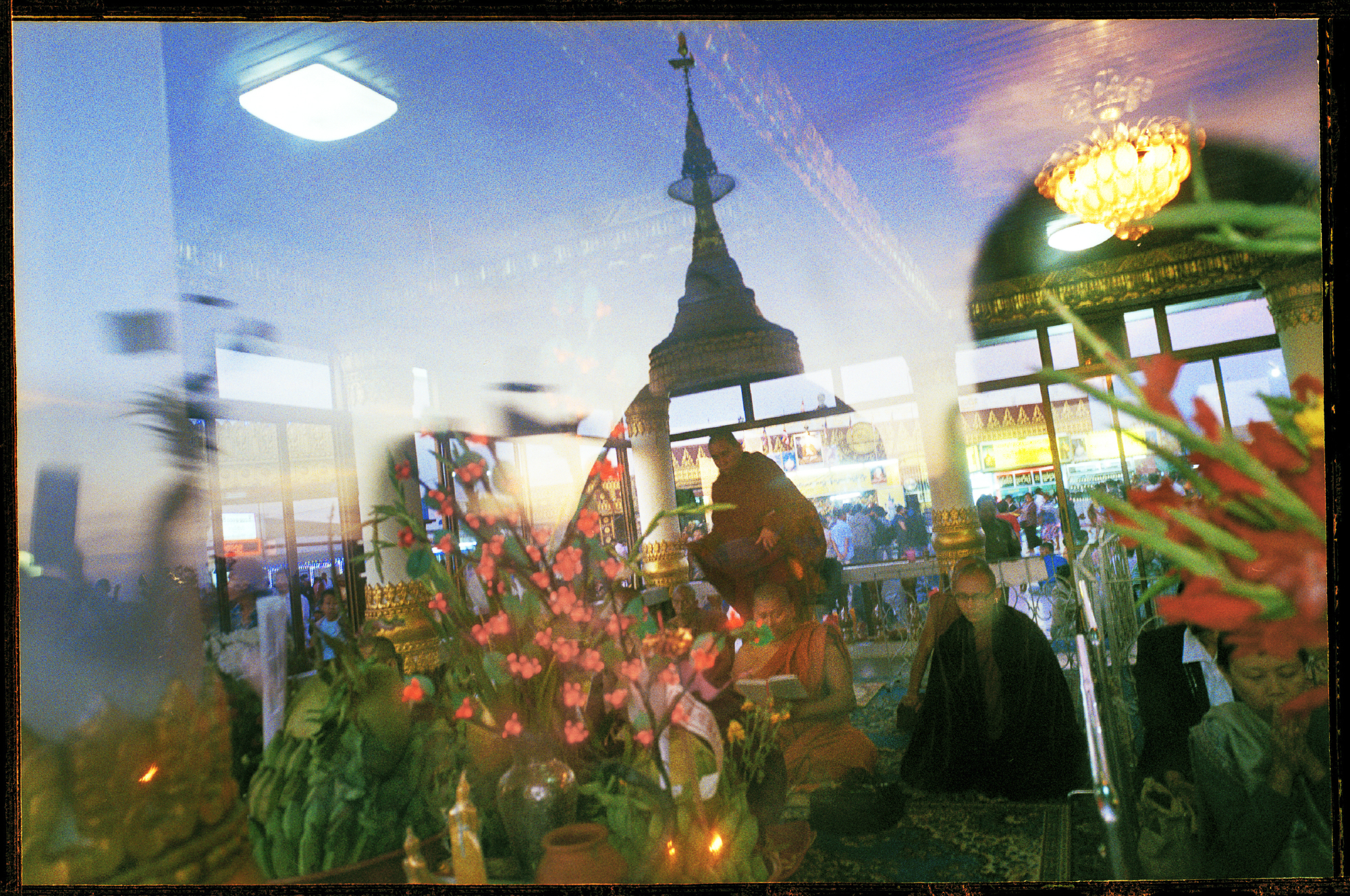What’s The Real Frame, and Why?

By David Butow and David Paul Morris –
There are existential questions about how Artificial Intelligence will modify the appeal and strength of photography. The principle one is: what impact will the technology have on viewers, from the pure enjoyment of an aesthetically pleasing image to the usefulness of pictures to tell us something truthful about the social and natural conditions of the world?
That is why we’ve created this website, to consider these questions as they’re unfolding, and allow people to contribute to the discussion in comments at the bottom of the posts. The have been many articles about the subject in the last few months so we’ve consolidated several of them onto the posts marked “AI & Fautojournalism.”
We’ll also discuss the opposite of AI photography, with gear reviews and posts tagged “Real Frames” which feature single, non-computer generated photographs, from ourselves and various contributors, and tell the backstory about how they were created. Our first RF post is from Rian Dundon‘s new book “Protest City“ .
Welcome and thank you for joining us. If you’d like to sign up for our mailing list write us at TheRealFramePhoto@gmail.com and put “subscribe” in the subject line. You can find more about us on our “About” page.
So let’s go…
The recent rapid advances in artificial intelligence raises a question for many people who like making photo-style images: “Do I even need to leave the house?” For some I think the answer will be “no.” Before the emergence of AI imagery there has been a dynamic emerging of enthusiasts who take photo tours to get specific types of pictures that are essentially set up for them when the get to the destination. The less adventurous wing of that crowd will probably gravitate towards AI, doing everything at home or perhaps creating some combination of real and imagined pictures.
THE EXPERIENCE
The other approach, the thing we most enjoy about making real frames, is being there. The desire not just to create, but to experience something first-hand. The picture becomes of the synthesis of the two. It’s about taking chances and being open to fulfillment, or disappointment. This means witnessing something for the first time, not knowing exactly what will unfold, but knowing it’s often something more interesting than we could have imagined.
Great pictures were not made by photographers who knew exactly what they were going to get. They hiked mountains or went to neighborhoods that made them feel strange. They faced dangers, they ate weird food, they got too cold or too hot, they got lost, and then they found something no one had ever seen before.
You don’t have to travel far and wide to find of these moments, they might occur in your own home or walking down the sidewalk. But being “present” in that moment, connecting with your environment in some way enriches your own experience and the picture becomes a reflection of that experience.
TRUTH AND RESPECT
The value of that experience runs through the whole process of making the images, starting with the subjects, be they people, animals, cityscapes or natural scenes. If a photographer has been physically present in the environment there will always be an element of truth to the work, no matter how interpretive it is.
We’re already seeing very clever and fun uses of the technology. Good art always pushes boundaries and I think in the broad field of visual communication, we should embrace the possibilities. The trouble lies in the potential for misuse of these pictures for disinformation, false historical revisionism, and deceitful propaganda.
Beyond just a single fake image or video being used to mislead people, the cumulative effect of repeated examples is likely to have a detrimental effect on the public such that people might question the veracity of nearly everything they see online, particularly things that challenge them in some way. In other words, they might believe the stuff that’s fake, and not believe the things that are real. This could be a gnarly combination of cynicism and denial, accelerating the “post-truth” dynamic.
So while we’ll discuss AI and its alarming implications, we’ll also have a lot of upbeat discussions about making real frames. The photographer gets satisfaction from making these kinds of pictures and the viewer is served by seeing something that is really out there, something they might have seen themselves, albeit in a different way. That’s where the value of photography lies and that’s what separates it from other art forms. It’s what’s kept photography alive for nearly 200 years and hopefully what will keep it relevant in the midst of these profound technological changes.
Photograph of the Uighur community in Xinjiang, Western China ©David Butow 1999



